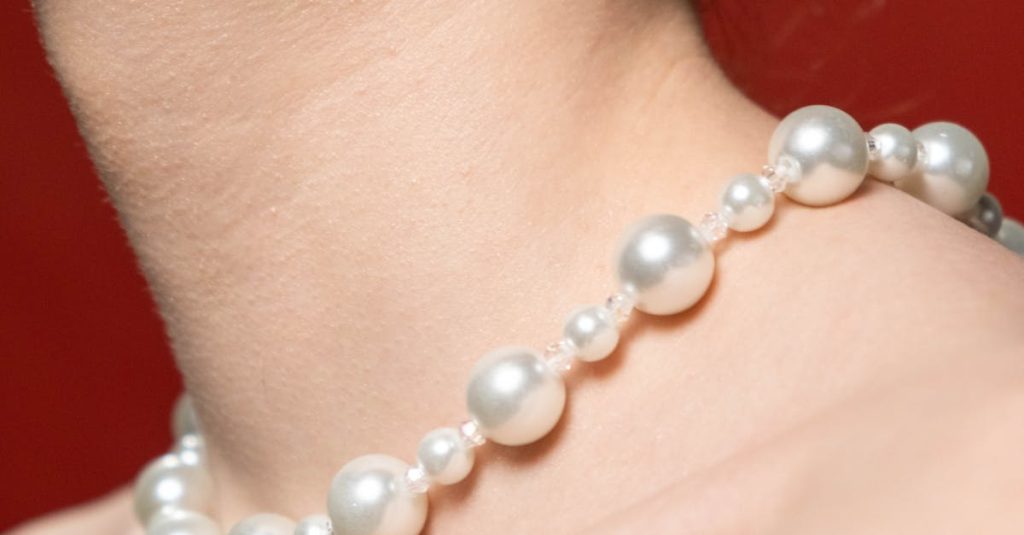A saree is more than just a garment—it’s a symbol of elegance, tradition, and timeless beauty. From formal events to weddings and festivals, sarees can make any occasion feel special. But if you’re new to wearing one, draping it correctly can feel like a bit of a challenge.
Don’t worry! This guide will walk you through every step, How to wear saree,from choosing the right saree to giving it the final, graceful touch.
Picking the Right Saree for the Perfect Drape
The first and perhaps most underrated step is selecting the right saree for the occasion—and for your body type. Sarees come in countless fabrics, prints, and styles. While some are flowy and easy to manage, others might be stiff or slippery, especially for beginners.
Fabric Matters

If you’re just starting, go for lightweight fabrics like cotton, georgette, or chiffon. These are easier to pleat and manage throughout the day. Stiff silks like Kanjeevaram or organza can be trickier unless you’re used to handling sarees.
Color and Print Selection
Choose colors that complement your skin tone and the time of the event. Light pastels work beautifully during the day, while deep shades like maroon, navy, or black are perfect for evening events.
Now that your saree is ready, let’s move to the essentials that support it—like the petticoat.
Wearing a Matching Petticoat
The petticoat is the foundation of your saree drape. It’s a drawstring skirt worn under the saree, and it plays a major role in keeping your saree in place.
How to Find the Perfect Matching Petticoat?
Look for a petticoat that closely matches your saree color—especially if your saree is sheer or semi-transparent. The material should be cotton or satin for comfort, and the fit should be snug enough at the waist to hold the saree without slipping.
The petticoat should not be too flared or bulky as it can make your drape look unshapely. Opt for a slightly A-line or straight-cut petticoat for a sleek finish.
Securing the Inner End
Start by tucking the plain end of the saree (not the pallu side) into the petticoat at your right side. Continue tucking it in all around the waist until you make one full round. Make sure the saree touches the floor without trailing excessively.
This forms the base for your pleats and ensures your drape stays secure.
Making The Pleats
Now comes the heart of the saree—the pleats. They determine how graceful and structured your saree will look.
- Take the untucked portion of the saree and start making pleats of about 5–6 inches wide.
- Make about 6–8 pleats depending on the saree’s length and your comfort.
- Hold all pleats together and tuck them into the petticoat at the center of your waist, slightly toward the left.
- Use a safety pin to hold them in place, especially if you’re going to be moving a lot.
This gives your saree that iconic fall and structure around the legs.
How to Get Consistent Saree Pleats?
Getting uniform pleats can seem tricky, but a few tricks can help you perfect it every time.
Use Your Fingers as Guides
While pleating, use your thumb and index finger to measure each pleat. You’ll quickly get the feel for equal spacing.
Iron Your Saree Beforehand
A neatly ironed saree is easier to pleat and will hold its shape longer. For silk or satin sarees, press lightly to avoid creases while pleating.
Pin as You Go
If the fabric is slippery, you can pin the pleats together as you form them. This ensures they don’t unravel while you’re adjusting the rest of the drape.
Draping the Saree Pallu
The pallu is the loose end of the saree that hangs over your shoulder. It’s often the most decorative part, so how you drape it matters.
Take the loose end of the saree and bring it around your waist from the left side to the right shoulder. Make pleats in the pallu (like you did earlier) and place it on your left shoulder.
You can leave the pallu flowing freely or pin it securely, depending on your style and occasion.
Setting the Pallu
Adjust the length of the pallu so it falls just below your knees or mid-thigh. Use a safety pin to anchor it to your blouse if needed.
For more formal or graceful styles, you can pleat the pallu neatly and pin it tightly. For a breezy or casual look, let it flow more loosely.
Giving The Finishing Touches
Once the main draping is complete, step back and check your saree in a mirror.
- Tuck in any loose fabric.
- Adjust the pleats and make sure they fall straight.
- Use pins sparingly but wisely—one at the shoulder for the pallu and one at the waist for the pleats are usually enough.
If your saree has a border, make sure it’s visible and not folded awkwardly.
Styling And Selecting The Right Accessories

Now for the fun part—styling!
- Jewelry: Go minimal with a modern saree, or opt for traditional gold or silver with silk sarees.
- Hair and Makeup: Tie your hair in a bun with fresh flowers for a classic look, or let it flow for a more modern vibe.
- Footwear: Always wear heels or wedges before draping your saree so the length falls correctly.
- Clutch or Potli: Carry a small, elegant bag to complete the look.
Final Touch
Wearing a saree is an art that improves with practice. Don’t worry if your first few tries feel clumsy. Each time you drape, you’ll discover little tricks that work best for your body and the fabric.
Remember: confidence is your best accessory. Whether you’re wearing a saree for a wedding, a cultural event, or just to embrace your roots, wear it with pride.
With this step-by-step guide, you’re now equipped to not just wear a saree, but own the look with elegance and grace.
